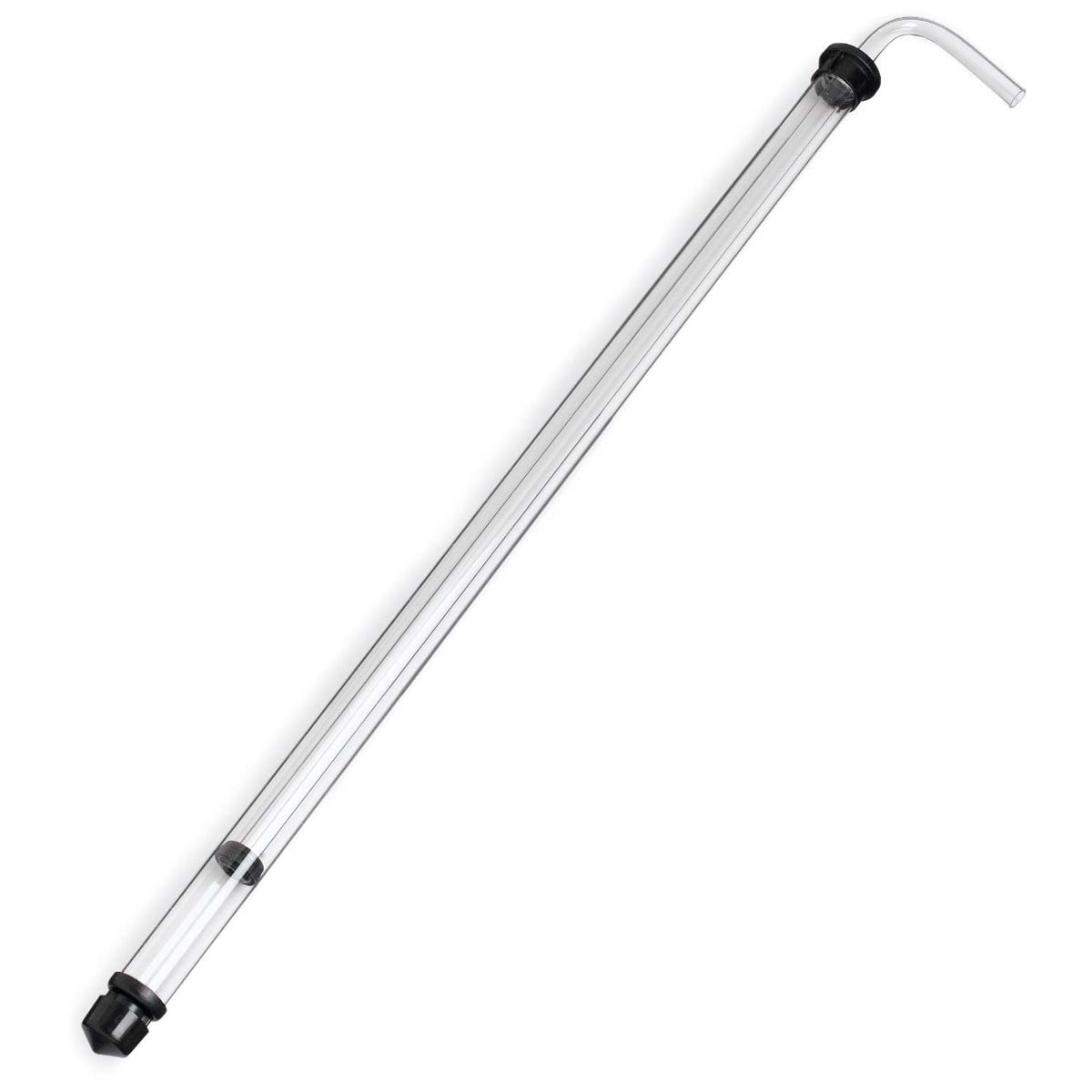jinjo4444
Junior
This is my first time trying my own wine and I have a Chardonnay kit that has oak chips. As per the instructions in the kit it said to add them right away. The first fermentation should be completed this weekend and I'm going to rack it to the carboy, but I have no idea how to do this since the sediment will be on the bottom and the oak chips are floating on top.
Another question, I completely skipped the part about taking the specific gravity when I first put it in the fermenter so I will have nothing to compare the hydrometer reading to. Does it matter or is it only to see the alcohol percentage difference?
Another question, I completely skipped the part about taking the specific gravity when I first put it in the fermenter so I will have nothing to compare the hydrometer reading to. Does it matter or is it only to see the alcohol percentage difference?


























![[Upgraded] 9Pcs Tree Root Growing Box with Drain Holes, Half Transparent Plant Rooting Propagation Ball & Metal Core Twist Ties, for Fast Propagation Plants (Size M)](https://m.media-amazon.com/images/I/514MWQxtWOL._SL500_.jpg)

































